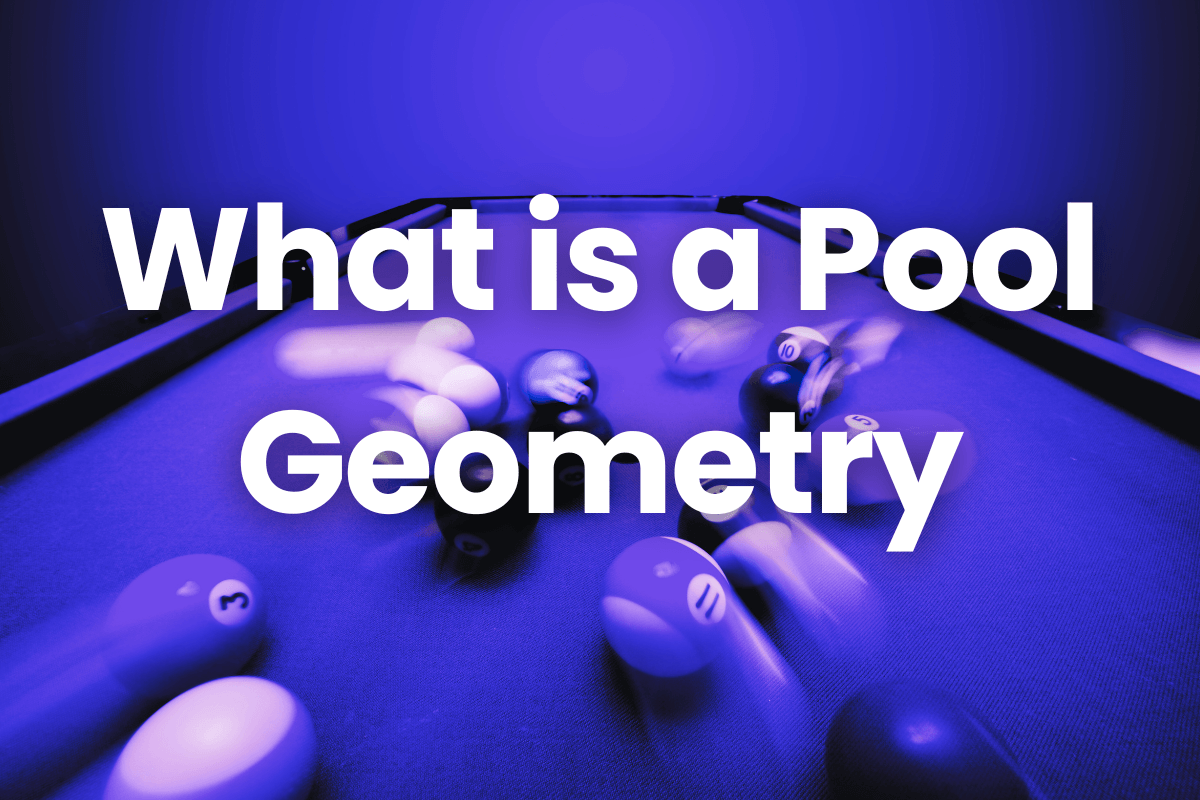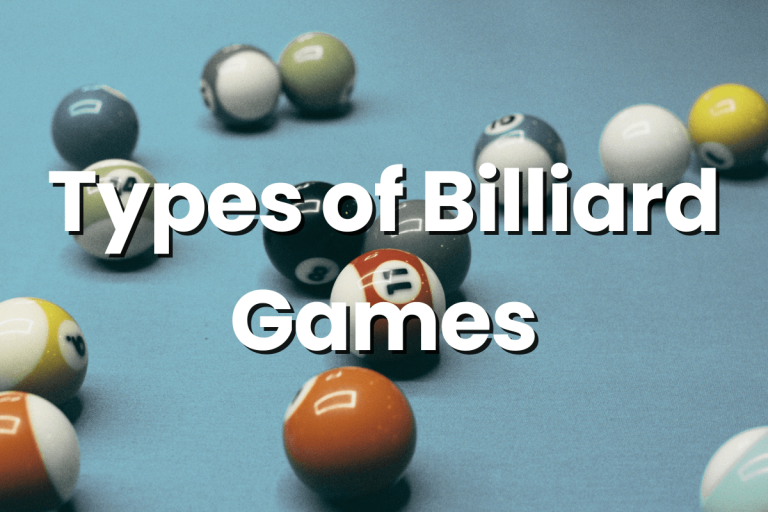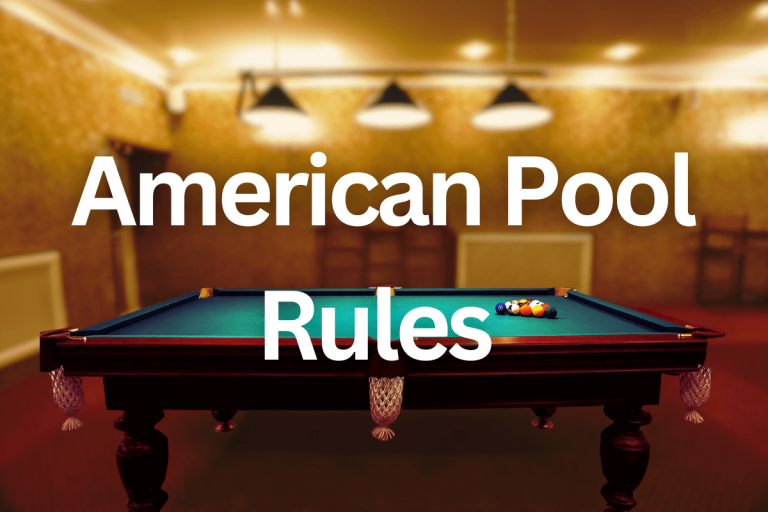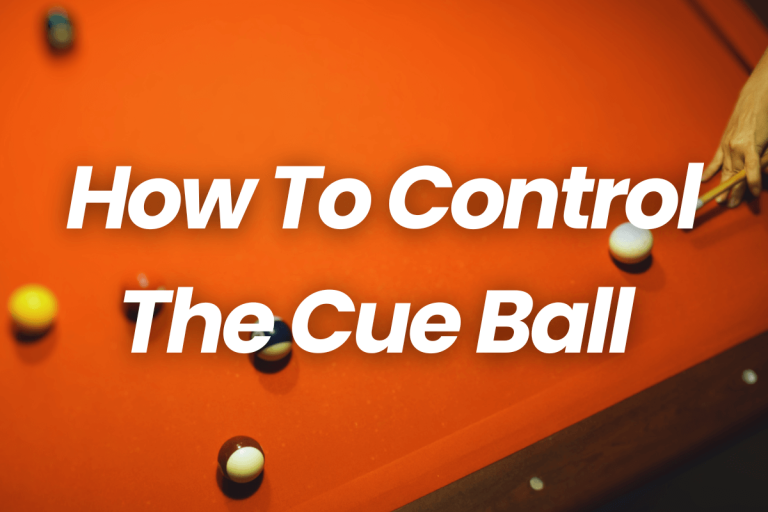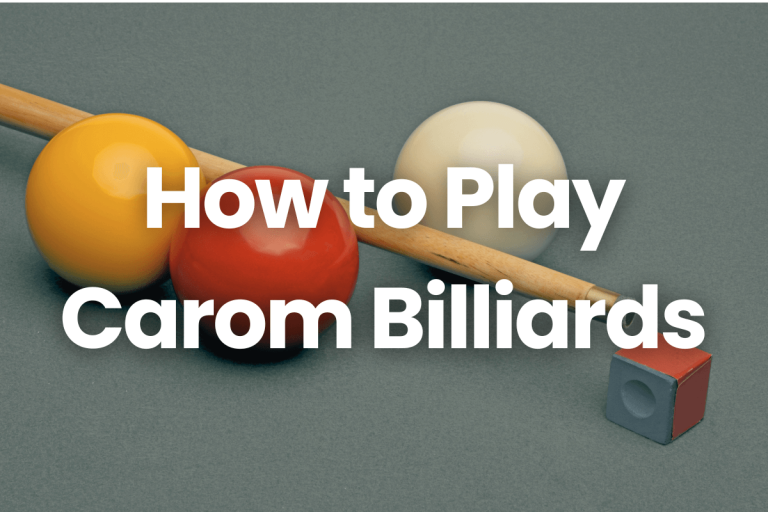Pool Geometry | secret of a perfect game (2024)
Welcome to the exciting world of pool geometry, where understanding angles and ball movements can significantly enhance your pool skills. In this article, we’ll explore the crucial role of geometry in making precise pool shots. You’ll learn about the importance of angles, the dynamics of the pool balls, and how to apply these concepts to improve your game. We’ll cover everything from basic geometric principles to advanced techniques, helping you not only understand but also master the art of pool geometry.
The Basics of Pool Geometry
Pool isn’t just a game of skill and luck; it’s a playground of geometry where angles, triangles, and vectors come to life. Understanding these geometric concepts is like having a secret weapon at the pool table.
Angles: The Cornerstone of Your Shot
- What are Angles? Every shot in pool is about angles. The angle at which you hit the ball determines its path.
- Practical Tip: Start observing the angles naturally formed between the cue ball, target ball, and pockets. This awareness is the first step to mastering pool geometry.
Triangles: More Than Just the Rack
- Triangles in Pool: The game starts with a triangular rack, but triangles are everywhere. They’re in the strategies you use and the way balls align on the table.
- Practical Tip: Notice how the balls form triangles during the game. This understanding helps in planning your shots, especially in breaking the rack.
Vectors: Mapping the Ball’s Journey
- Understanding Vectors: Think of vectors as arrows showing direction and force. In pool, they guide the path of the balls.
- Practical Tip: Visualize the trajectory of your shots as vectors. Where do you want the ball to go? How much force is needed? This mental mapping is crucial for precision.
Applying Geometry to Your Game
- Strategic Shots: Use geometric principles to plan bank shots, direct hits, and even those tricky rebounds.
- Practical Tip: Experiment with different angles and forces. Observe how slight changes affect the ball’s movement. It’s all about finding the right geometry for each shot.
By embracing these basics of pool geometry, you transform your approach to the game. You’re not just hitting balls; you’re engaging in a dynamic world of angles, triangles, and vectors. This understanding not only improves your skills but also deepens your appreciation for the beautiful complexity of pool. Get ready to see the table through a whole new lens!
Understanding Angles in Pool
The game of pool is a hidden geometry class, with the pool table as your graph paper. Here, angles aren’t just numbers; they’re the secret to your next great shot. Let’s dive into the types of angles you’ll encounter and how you can master them.
Types of Angles in Pool
Acute Angles: These are sharp angles, less than 90 degrees. They’re common in cut shots where precision is key.
Obtuse Angles: These angles are wider, over 90 degrees. They’re often seen in defensive shots and require a good understanding of the table’s layout.
Right Angles: Exactly 90 degrees, these are less common but crucial in certain strategic shots, especially around the corners.
Techniques for Measuring and Estimating Angles
The Ghost Ball Method: Imagine a ‘ghost ball’ at the point where the cue ball must strike the target ball. This helps you visualize the required angle.
The 90-Degree Rule: Visualize a right angle from the target ball to the pocket. This method is great for understanding cut shots.
The Parallel Lines Technique: Imagine parallel lines extending from the rails to estimate the path of the ball. This is particularly useful for bank shots.
Use of Aiming Systems: Familiarize yourself with systems like the CTE (Center-to-Edge) or the BHE (Back-Hand English). These systems provide a more technical approach to understanding angles.
Practical Tips for Angle Mastery
Start with Observation: Watch how balls react at different angles. The more you observe, the better you’ll understand.
Practice with Purpose: Set up shots that require different angles. Practice making acute, obtuse, and right-angle shots.
Use Chalk Marks: Temporarily mark the table with chalk to visualize angles during practice. This helps in internalizing the angles.
Seek Feedback: Use video recordings or a coach’s feedback to understand and correct your angle estimations.
Angles in pool are about more than just geometry; they’re about intuition, strategy, and skill.
The Role of Triangles in Pool Layout
Triangles are more than just shapes on a pool table; they are foundational to the game’s strategy and execution. The triangular rack sets the stage for every game, and understanding its role can significantly enhance your play.
Significance of the Triangular Rack in Game Setup
The Perfect Setup: The triangular rack organizes the balls into a tight formation, ensuring a fair and consistent start for each game.
Geometry at Play: The arrangement in the rack creates a pattern that influences how the balls will disperse upon breaking. This pattern is essential for strategizing your opening move.
Strategies for Breaking Effectively Using Geometric Principles
The Power of the Apex Ball: The first ball, or the apex ball, in the triangle is the key to a powerful break. Striking it squarely can lead to an effective and controlled dispersion of balls.
Angle of the Break Shot: Experiment with different angles of breaking. A slight angle can sometimes be more effective than a straight-on break, leading to better ball spread and control.
Speed and Force: The speed and force of the break shot are crucial. A strong, well-aimed break can significantly disrupt the triangle, while a weak break can lead to clustered balls and a tactical disadvantage.
Positioning the Cue Ball: Where you place the cue ball for the break shot can drastically affect the outcome. Playing around with different positions can help you find the most effective spot for your style of break.
Using the Rail for Leverage: Placing the cue ball near the rail can give additional leverage and control for the break shot. This can lead to a more powerful and precise break.
The Triangle’s Aftermath
Post-Break Analysis: After the break, observe the new arrangement of balls. The initial triangle has now transformed the table into a new geometric landscape, each ball offering a clue for your next move.
Planning Your Strategy: The dispersion of balls post-break will dictate your immediate strategy. Whether you’re playing for position, defense, or setting up for a combination shot, the layout provides the roadmap.
Calculating Shots with Geometric Precision
In the game of pool, geometric precision is the key to mastering bank shots and rebounds. These shots are not just about intuition; they’re a science that can be calculated for high accuracy. Let’s break down how you can apply geometry to enhance these aspects of your game.
Step-by-Step Guide to Calculating Bank Shots
Identify the Target Line: First, determine the line from the object ball to the bank (the cushion where the ball will rebound).
Calculate the Angle of Incidence: The angle at which the ball hits the cushion should be the same as the angle it leaves (the angle of incidence equals the angle of reflection).
Adjust for the Cushion Compression: Cushions absorb some energy, so aim slightly wider than the calculated angle to compensate.
Consider the Speed: The speed of the shot can affect the angle after the bounce. Faster shots tend to have a narrower rebound angle.
Practice and Adjust: Bank shots require practice. Each table may react slightly differently, so adapt your calculations based on experience.
Using the Diamond System for Precision in Pool
Understanding the System: The diamond system divides the pool table into a grid using the diamonds (small markings) on the rails. This system helps to calculate bank shots and kick shots (rebounding off a cushion to hit a ball).
Basic Calculation: Imagine lines running from diamond to diamond. Use these lines to visualize the path your ball needs to take.
The Plus System: For more complex shots, the Plus System (an extension of the diamond system) can be used. This involves counting the diamonds and using a set of rules to determine the contact point on the cushion.
Adjusting for English (Spin): Adding spin to the ball can change its trajectory after hitting the cushion. Practice with different types of English to see how it affects the rebound path.
Practical Tips for Geometric Precision
Start Simple: Begin with straightforward bank shots and gradually move to more complex angles and spins.
Use Chalk or a Laser Pointer: For practice, use chalk or a laser pointer to mark your imagined lines and angles.
Record and Review: Record your practice sessions. Reviewing these can help you understand where your calculations need adjustments.
Consistency is Key: Consistent cueing is crucial. Even the best calculations can fail with inconsistent stroke play.
Calculating shots with geometric precision in pool is about blending the science of angles with the art of the game.
Conclusion
In this journey through pool geometry, we’ve uncovered the significance of angles, the strategic role of triangles, and the precision of calculating shots. Mastering these geometric principles can transform your pool game, turning each shot into a display of skill and strategy. Remember, practice is essential. By regularly integrating these geometric concepts into your gameplay, you’ll not only enhance your precision and decision-making but also discover a deeper appreciation for the art and science of pool. Keep practicing, and watch your game elevate!
FAQs
What is the importance of understanding geometry in pool?
Understanding geometry in pool is crucial because it helps players make more accurate shots, plan their game strategy effectively, and predict the movement of the balls on the table. Knowledge of angles, triangles, and vectors allows players to execute shots with precision and understand how different shots will impact the game.
How do angles affect my pool shots?
Angles are fundamental in pool as they determine the trajectory of the balls. Knowing how to measure and estimate angles helps in executing accurate shots, setting up for the next shot, and planning defensive strategies. Mastering different angles (acute, obtuse, and right) is essential for improving overall shot-making skills.
Can geometric principles really improve my pool game?
Yes, geometric principles can significantly improve your pool game. By understanding the basics of geometry, such as angles and the diamond system, you can calculate shots more accurately, anticipate how balls will react upon impact, and make more strategic decisions during play. Regular practice of these principles will lead to a noticeable improvement in your game.

